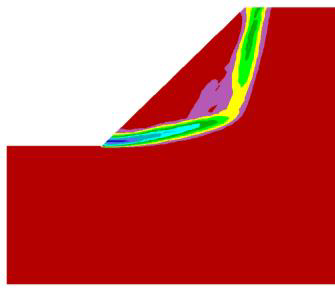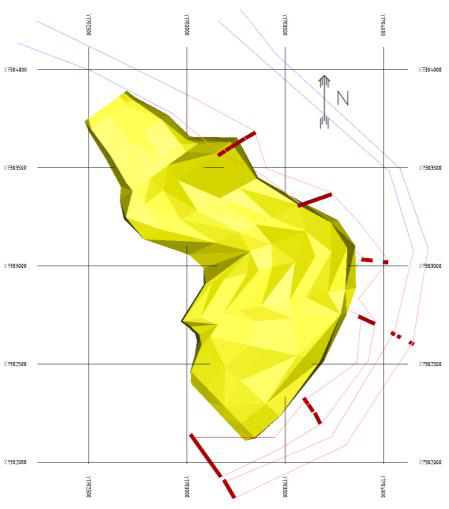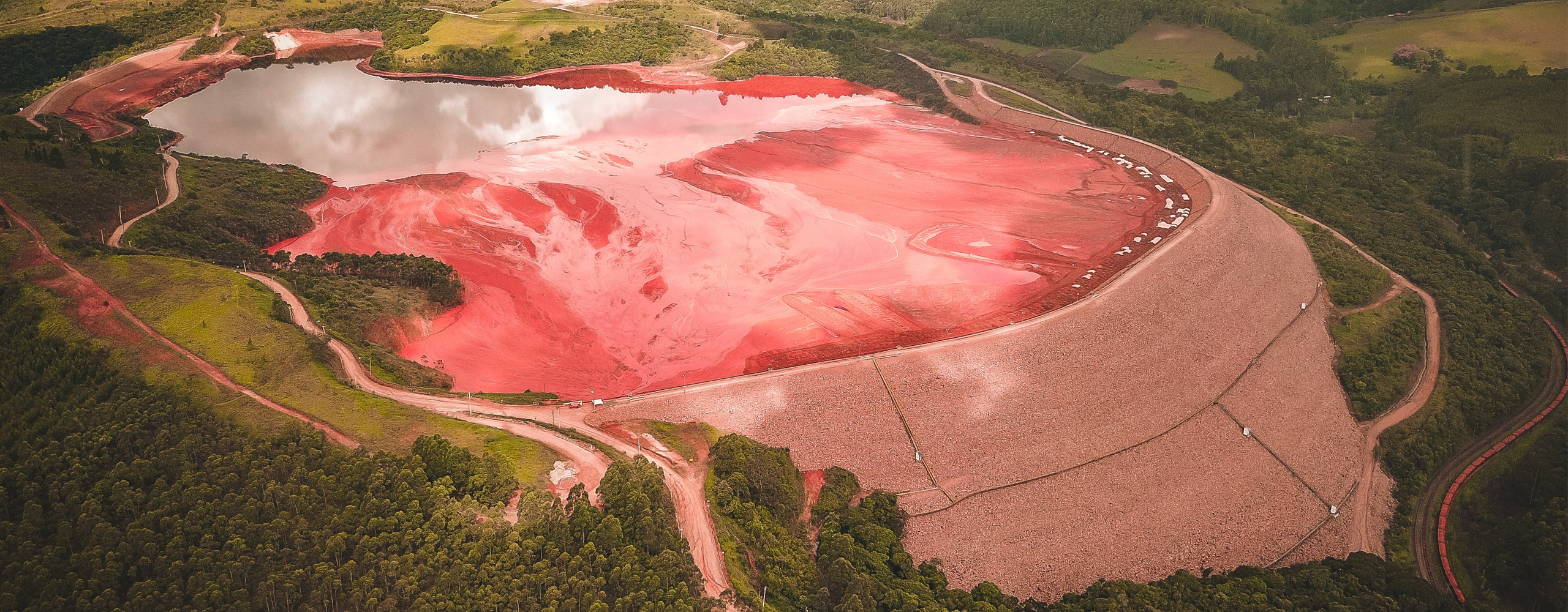Laver Rock Mechanics Pre-Feasibility Study
Project Description
Boliden is investigating the Laver low-grade copper deposit for potential future mining. The old Laver deposit was discovered in the 1930s, and was operated between 1938 and 1946. Mining was primarily conducted as small-scale underground mining, but a small open pit was also in operation at that time. The currently investigated deposit is of larger scale and with lower grades. Investigations have been on-going since 2008, including geophysical investigations, outcrop mapping, sampling of drill cuttings, and diamond core drilling. The mineralization is not defined at depth and/or in strike extension.
The objective of the study was to complement the conceptual rock mechanics study with more data and confirm the findings from that study, as well as increasing the level of detail and reducing the uncertainty in the description of the rock mass to an appropriate level for a pre-feasibility study.
Itasca's Role
Itasca conducted a pre-feasibility rock mechanics study for the Laver deposit, including: (i) rock mechanical data collection through geomechanical core logging and optical televiewer, (ii) developing a geomechanical model for the deposit, comprising rock mechanical data, structural geology and hydrogeological conditions, (iii) developing design criteria for pit slopes including identified design domains, and analysis of slope stability for bench, interramp and overall pit slopes, to determine design values, and (iv) suggesting blasting requirements for contour and buffer rows.
Project Results
The work resulted in an revised design with reduced uncertainty. A total of 7 design sectors were suggested, with design values determined for each one. Drainge is strongly recommended for the final, overall pit slopes. Recommendations were also made regarding supplementary data collection in terms of drilling, core logging and hydrogeological data for the next development stages.
Project Image(s)



